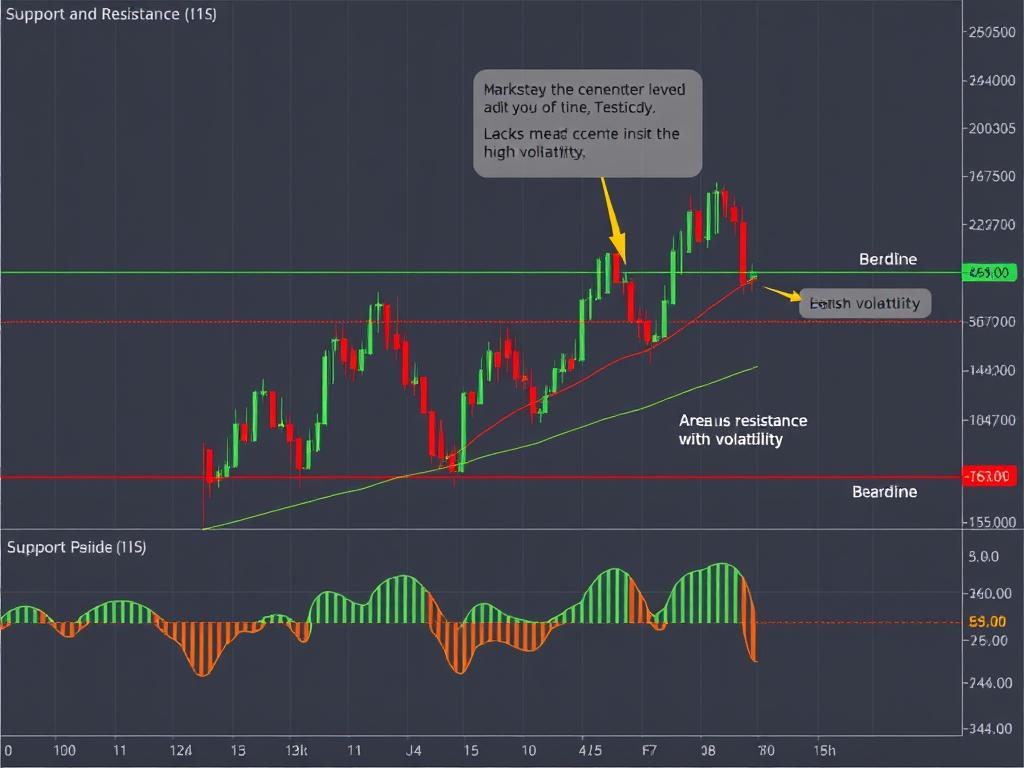
Understanding Market Structure: Key to Unlocking Trading Opportunities
Share
Understanding Market Structure: Key to Unlocking Trading Opportunities
Market structure is the backbone of technical analysis, providing traders with insights into the underlying dynamics of price movements. Whether you're a seasoned pro or just starting out, grasping the concept of market structure can significantly enhance your trading strategy. In this article, we'll delve into the essentials of market structure, its key components, and how you can use it to make more informed trading decisions.
What is Market Structure?
Market structure refers to the organized pattern in which prices move over time. It's the result of collective market participant behavior, influenced by factors like supply and demand, sentiment, and external events. By analyzing market structure, traders can identify potential trading opportunities, anticipate price movements, and manage risks more effectively.
Key Elements of Market Structure
1. Support and Resistance Levels
Support and resistance levels are the cornerstone of market structure. These levels represent areas where buying or selling interest is concentrated. Value Markers Indicator can help identify these levels by highlighting areas of significant price activity.
2. Trends
Trends are a critical component of market structure. They indicate the direction in which the market is moving. Using tools like the Trend Regularity Adaptive Moving Average (TRAMA) can help traders identify and follow trends more accurately.
3. Volatility
Volatility measures the degree of variation or dispersion in the price of a financial instrument over time. High volatility often indicates uncertainty or heightened market activity. The Range Deviations Indicator is a useful tool for assessing volatility and identifying potential breakouts.
How to Analyze Market Structure
1. Identify Supply and Demand Zones
Supply and demand zones are areas where the price has previously encountered resistance or support. These zones can help traders predict where the price might encounter similar behavior in the future. The Range Deviations Indicator can be particularly useful in identifying these zones.
2. Determine the Trend
Understanding the trend is essential for aligning your trades with the market's direction. Using indicators like the Mixed Timeframe Multi EMA Indicator can help traders identify the trend across multiple timeframes.
3. Look for Confluence Areas
Confluence areas are points where multiple levels of support or resistance intersect. These areas often represent high-probability trading opportunities. Combining indicators like the Higher Timeframe Candles Indicator with other tools can help identify these areas.
Why is Market Structure Important?
Understanding market structure is crucial because it allows traders to make decisions based on the underlying dynamics of the market rather than random price movements. By identifying key levels and trends, traders can improve their entry and exit points, manage risk, and ultimately achieve better trading outcomes.
Practical Application: Tips for Using Market Structure in Your Trading
1. Always Trade in the Direction of the Trend
Trading against the trend is like swimming against the current; it's possible but highly challenging. Use tools like the WaveTrend Classic Indicator to identify the trend and align your trades accordingly.
2. Look for High-Impact Zones
High-impact zones are areas where significant price action has occurred in the past. These zones often serve as magnets for price movements. The Pace of Tape Indicator can help identify these zones by highlighting areas of high trading activity.
3. Be Patient and Disciplined
Market structure analysis requires patience and discipline. Wait for the market to confirm your analysis before entering a trade. Use the Wick Test Indicator to identify potential reversals or continuations before committing to a trade.
4. Combine with Other Analysis Tools
Market structure analysis should be part of a comprehensive trading strategy that incorporates multiple tools and indicators. Consider combining it with Average Multi SMA Indicator or other indicators to form a robust trading plan.
Conclusion
Market structure is a powerful tool that can help traders navigate the complexities of financial markets. By understanding and applying the concepts of support, resistance, trends, and volatility, traders can make more informed decisions and achieve better trading outcomes. Remember, market structure is not a static concept; it evolves over time, and so should your trading strategy.
